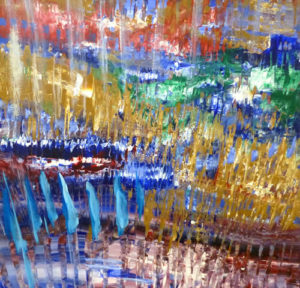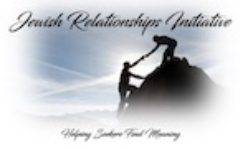
The recent New York Times article We aren’t built to live in the moment by Martin Seligman and John Tierney proposes that it is humankind’s ability to contemplate the future that makes us unique as a species. This insightful article comes as we begin the book of BaMidbar. BaMidbar is our story in the Wilderness, a place of infinite beauty and discovery, a place where time seems to stand still. How timely is it that we read this article and this Parsha come together this week and we witness Torah’s expansiveness.
We are often thought of as the “People of the Book,” which often is interpreted to mean that we are also a people of memory. These memories have been codified and handed down for generations to help us with issues of meaning and morality. An extraordinary part of our journey is recounted in the book of Numbers, BaMidbar. The opening parashah starts with a census. Through the census, we are taking stock of who we are. The counting itself is based on the past, coming together into one place in preparation for moving forward under God’s guidance.
This melding of our past, present and future parallels our conception of God. The Tetragrammaton, YHVH, the four letter name we use for God is understood as a timeless representation of the Eternal One, embodying the past, the present, and the future.
All is intertwined. And that is part of the extraordinary wisdom of Judaism. Past, present, and future are inextricably bound together. We cannot understand who we are or begin to ask the deeper question, why we are until we comprehend that our past, our present, and our future all inform us. We cannot fully exist without these three pillars. It is they together that create our meaning, our context. The hope of Olam Haba, the World to Come, is a vision that we see in the present based on the place from which we have come. Past, present and future unified. BaMidbar is part of the unfolding story of our people, timeless like our God.
